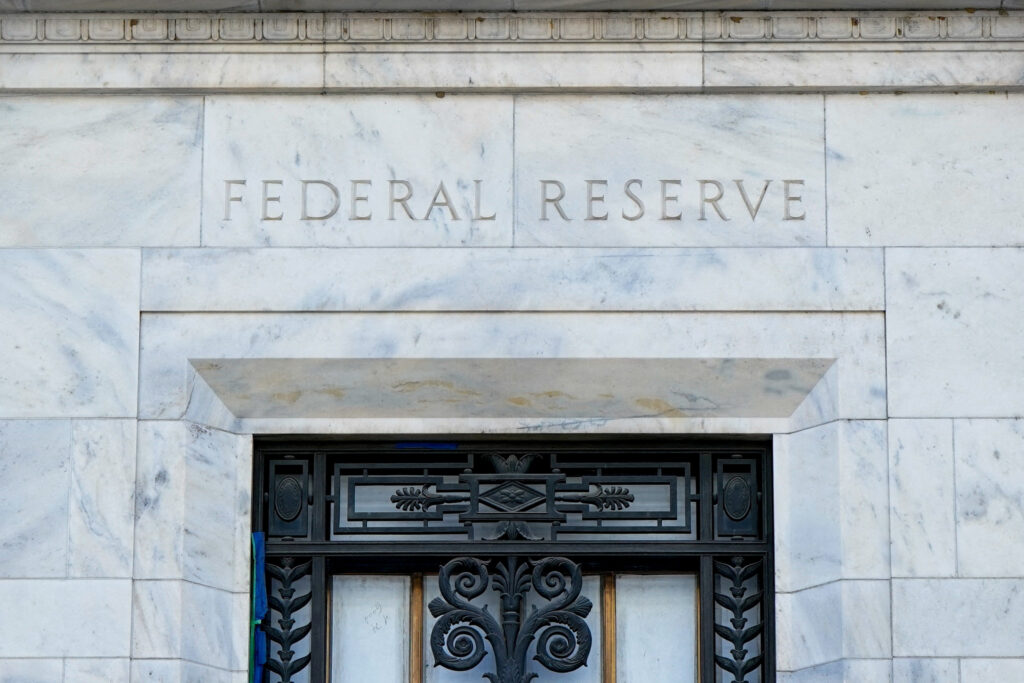To consider President Donald Trump’s policies on the cost of living is to enter a maze of paradoxes. The latest one: After insisting for months that tariffs do not raise prices and foreigners pay them in full, his administration is now cutting some tariffs, on coffee for instance, to lower prices for American consumers.
This tiny retreat from Trump’s trade wars has come about because he’s recognizing the power of an issue he has spent months alternately ignoring or making worse. Inflation did more than anything else to put him back in office. But since he returned, fighting Canada and renovating the White House have been bigger priorities than fighting inflation.
In addition to hiking tariffs, he has leaned on the Federal Reserve to loosen monetary policy, on the theory that inflation has already been defeated. The data just won’t cooperate. The Fed seeks to keep its preferred measure of inflation running at 2 percent a year. The rate has stuck closer to 3. Trump tells Americans not to believe their lying wallets, but it hasn’t worked.
Trump’s record on inflation is one of many ways that he differs from Ronald Reagan. When Reagan took office, he faced double-digit inflation. The Fed tightened money to wring it out, at the cost of high interest rates and a brutal recession. Reagan’s Republican allies lost dozens of House seats in the 1982 midterm elections. But the slump set the stage for lower inflation, which in turn allowed mortgage rates to drop and recovery to begin. Reagan won a smashing reelection two years later.
Trump’s situation is different, not least because he is constitutionally ineligible to run again. He could, however, have followed a Reagan-like path. Trump could have said, upon winning in 2024, “Biden and the Democrats have let inflation get out of control and I welcome the Fed’s efforts to tamp it down, even though it will be painful for a time.” He could also have held off on his trade wars. With that support and without the complication of large-scale tariffs, the Fed might have been able to bring inflation down further. Maybe then Americans could have, as in the 1980s, looked forward to a steeper downward trajectory for interest rates in 2026, giving Republicans a better shot at keeping Congress.
Having conjured that optimistic scenario, let me note two reasons it might not have come to pass. First, the Fed could have overtightened and brought on a steep recession instead. But the economy was strong enough in late 2024 (certainly not as dire as in the early 1980s) that this danger could have been avoided. And that also would have avoided today’s situation, in which expectations of high inflation have become more entrenched — harder to roll back — and the economy has weakened further. The policy choices have become more perilous. Three percent inflation could be the new floor, or a recession could end up being necessary to keep prices stable anyway.
Second, if the Fed had intervened more forcefully, the public could have found lower inflation unsatisfying because they had bigger ambitions: Voters want prices to return to their pre-inflation level, not just to stay flat or rise slowly. This goal is practically unattainable. Prices on average across an economy rarely fall, and when they do it is usually a sign of distress.
But there’s reason to think voters will give partial credit for a reduction in inflation even if prices don’t drop. Americans did in the 1980s. Even today, the percentage of those citing inflation or the high cost of living as the country’s top problem has fallen as the economy has moved further from the peak inflation rate. (It is still cited more often than any other problem.)
Trump and his party would be better off if he had heeded the public’s concern about high prices earlier. It’s still not too late — especially for changing minds before the 2028 elections. To salvage the midterms, though, Trump might need to invent a time machine.
The post Welcome to the labyrinth of Trump’s policies on the cost of living appeared first on Washington Post.




